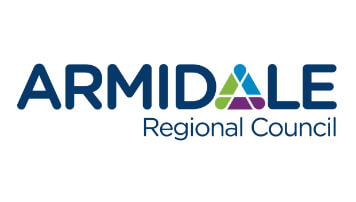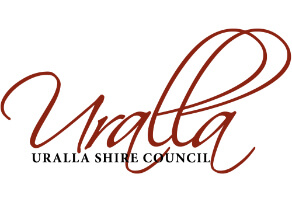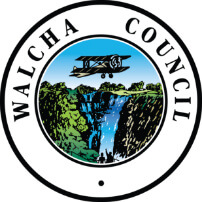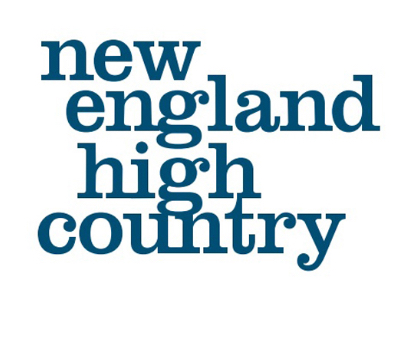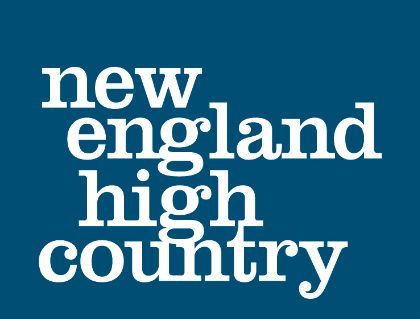Kwiambal National Park
Kwiambal National Park
Atholwood, New South Wales 2361
parks.info@environment.nsw.gov.au
Pronounced Kigh-am-bal, Kwiambal National Park is a quiet achiever. Tucked away near the NSW-Queensland border, its isolation is also its attraction: come for the nature, stay for the privacy. There's a good chance you'll have a great deal of space to yourself, with day trippers travelling through the outback and grey nomads the most frequent visitors in the area. Though the park has a history of tobacco farming, white cypress-pines and ironbarks are in ready supply, accompanying dramatic granite gorges and twisting waterways that thunder after heavy storms. The open plains are often covered with kangaroos stick around for dusk and dawn, and you might even see the resident emus. Kwiambal offers multiple opportunities for swimming and fishing, with plentiful river species for the taking. The rivers themselves are a prime attraction too, offering plunge pools, beaches, and scenic waterfalls best seen from one of the several lookouts scattered around the park. Walking trails thread through cool forest and are scaled for many levels of fitness. Pull on the hiking boots and then reward your efforts with a barbecue at one of the several picnic spots, perfect for a weekend getaway.
Facilities found here
Caravan / Camper Trailer / Campervan Sites / Campsites, Lookouts, Picnic Area, Non Smoking,
Accessibility Information
Disabled access available, contact operator for details.,
Acknowledgement of Country
We acknowledge the Traditional Owners of the New England High Country region and recognise their continuing connection to land, water and community. We pay respect to Elders – past, present and emerging – and acknowledge the important role Indigenous Peoples continue to play within the New England High Country community.




